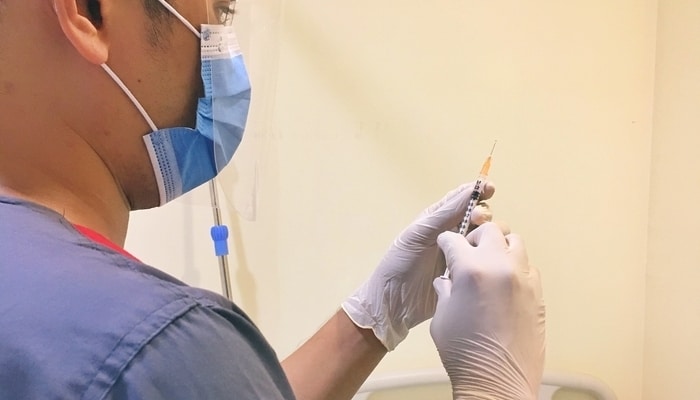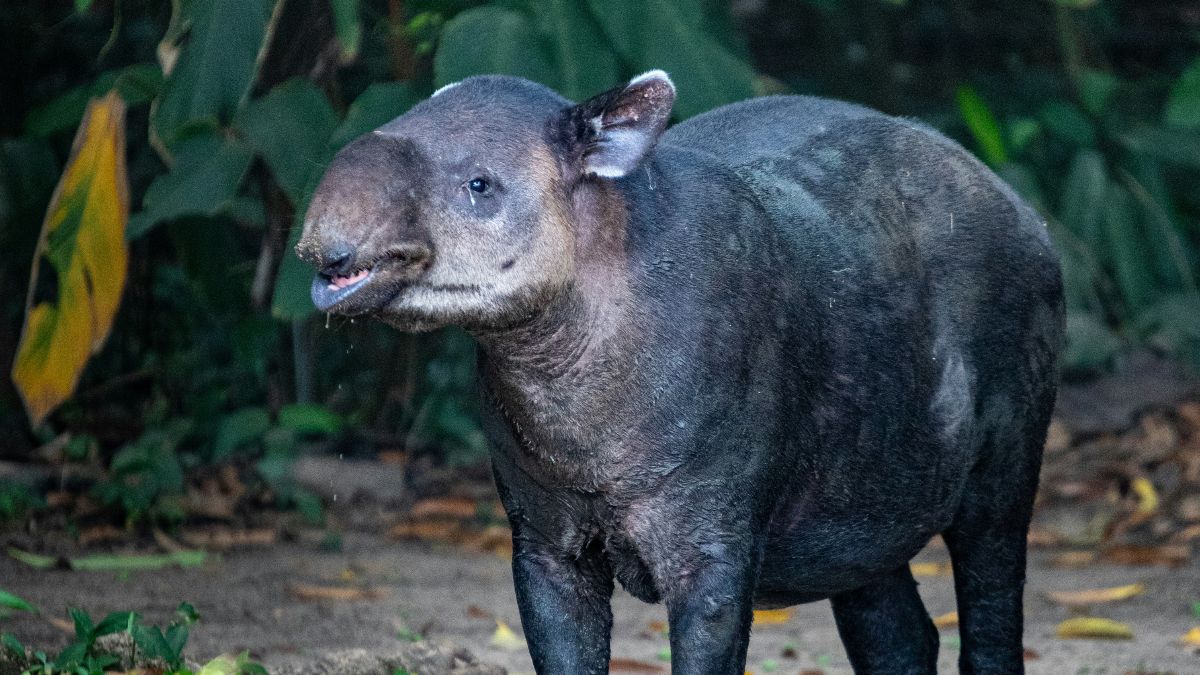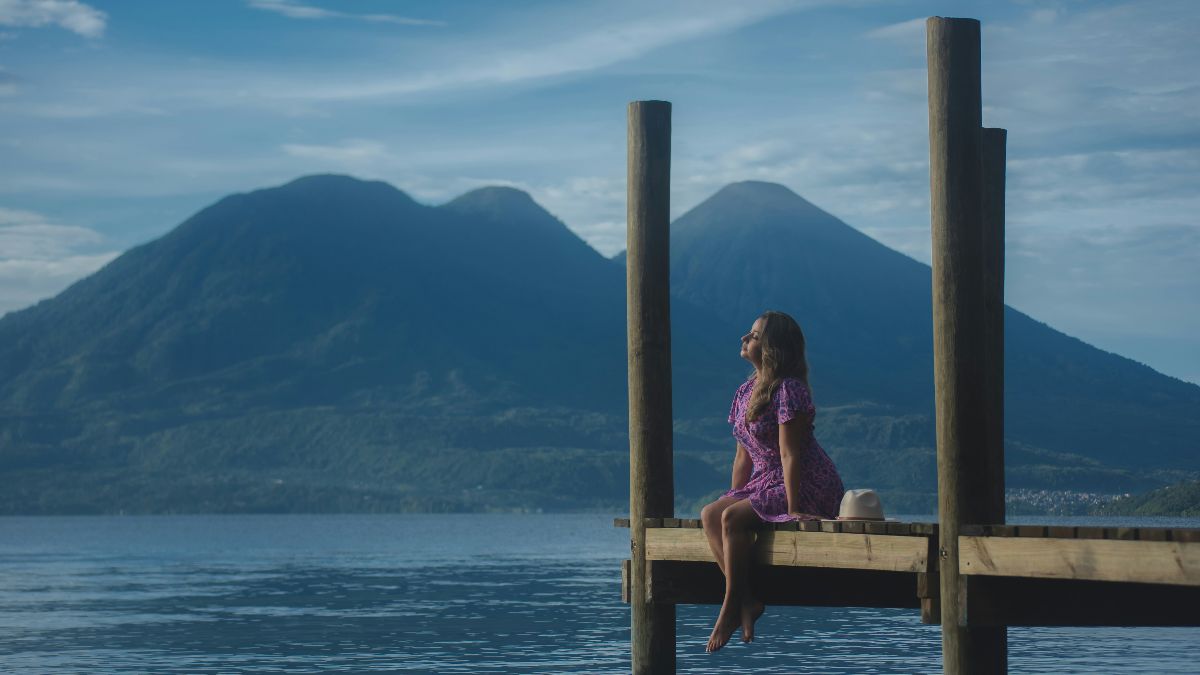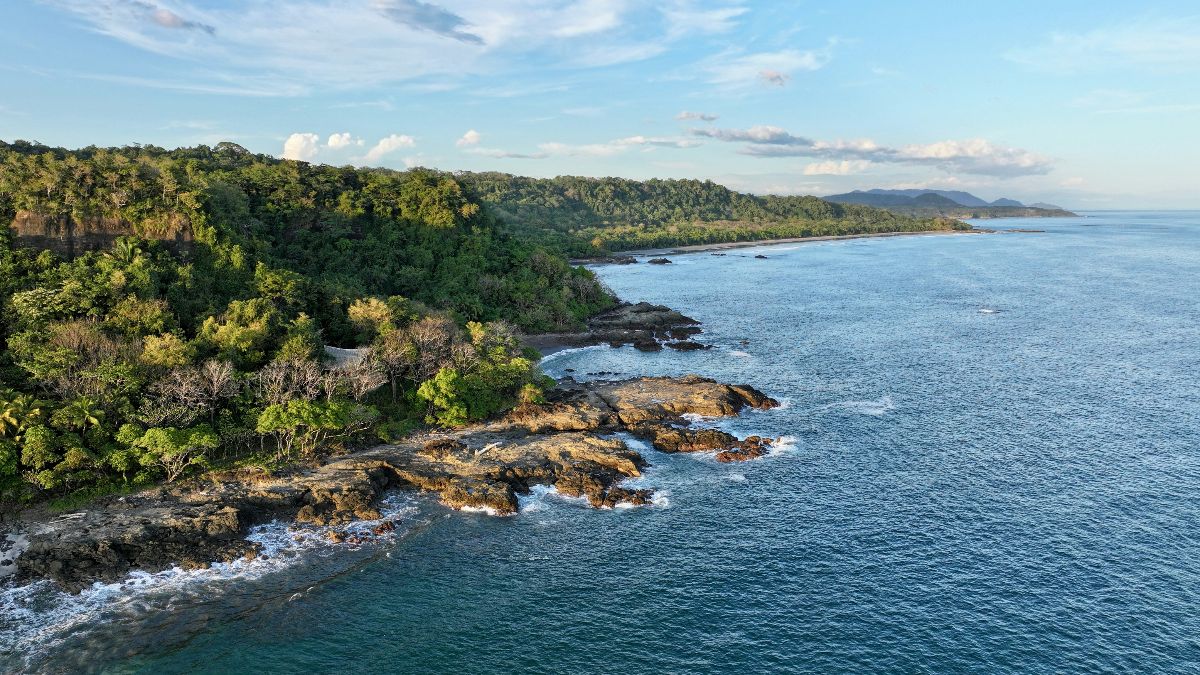Updated on March 18, 2021:
Covid vaccines in Central America are well underway. Here’s an updated guide to which country is doing what and how they’re doing. Updated on March 18, 2021.
I’ve wanted to stay away from this topic as much as possible in recent months, because it’s, well, controversial. It shouldn’t be, but it is. The topic of vaccines stirs up strong feelings, no matter what side of the debate you find yourself on.
Just look at the expat Facebook groups in Central America. No matter which country you’re in, the topic of Covid vaccines tends to divide.
But now that vaccintaion programs are underway throughout Central America, it’s time to check in and see how we’re doing with them.
The COVID pandemic has ravaged this region. We’ve seen our economies disappear with restrictions, border closures, and massive job losses. Finding a way to end this nightmare is critical.
I would argue that finding a way to end this is more critical in developing regions like Central America. We have no social security blanket to catch people in. All we can do is lock down and kill our economies or open up and risk the lives of the vulnerable. We’re caught between the hardest rock and the rockiest hard place.
So where is Central America when it comes to COVID vaccines? Let’s take a look.
Panama
Panama seems like a good place to start.
It paid $48 million to buy 4 million doses of the Pfizer/BioNTech vaccine to vaccinate two million Panamanians, almost half the country. Panama’s initial vaccine rollout started badly, when only 12,840 doses of the Pfizer vaccine arrived on January 20, well short of the expected 40,000.
Since that rocky start, Panama has received more Pfizer vaccine and is the leading country in Central America in terms of its rollout, having vaccinated over 266,000 people and with a rate of 6.17 vaccinated per 100 people, by far the highest in the region.
Panama also ordered almost 1.1 million doses of the Oxford University/AstraZeneca vaccine “for older adults” and 300 thousand Johnsen and Johnsen doses, which need one single shot instead of two.
The Johnsen and Johnsen vaccine is earmarked for indigenous and other hard-to-reach communities.
Panama will also receive another 1.1 million vaccine doses from the World Health Organization-sponsored COVAX initiative. COVAX is a group initiative between 179 countries and vaccine manufacturers to ensure fair distribution of vaccine throughout the developing world. The idea is to stop rich countries as much as it can from hogging all the available vaccine.
On top of this, Panama has also made a deal with Russia for 3 million doses of its Sputnik V vaccine.
“A la fecha hemos vacunado desde el pasado 20 de un total de 266,298 personas contra el #COVID19 y mañana miércoles en horas de la madrugada arribarán al país 63,180 dosis de la vacuna, lo que permitirá continuar con lo planificado.” Ministro de Salud, @LPacoSucre. pic.twitter.com/tEw7ElK05z
— Ministerio de Salud de Panamá (@MINSAPma) March 17, 2021
Costa Rica
Costa Rica was the first country in Central America to get its vaccintaion program underway, when it received its initial 9,000 doses of the Pfizer/BioNTech vaccine on December 23. Elizabeth Castillo, a 91-year-old nursing home resident became the first Central American to receive a Covid vaccine on the morning of December 24.
Overall, Costa Rica expects to receive enough COVID vaccines to take care of 3 million people, around 60% of the population.
Since December 24, more Pfizer vaccine has arrived and to date, Costa Rica is vaccinating health sector workers, the elderly, and others at high risk or serious illness or death from Covid-19. So far, it’s only the Pfizer vaccine available in-country.
Aside from the Pfizer/BioNTech deal, Costa Rica has also agreed to buy a million doses of the Oxford University/AstraZeneca vaccine. It will also receive two million doses from the COVAX initiative, believed to be the Oxford/AstraZeneca vaccines.
So far, Costa Rica has vaccinated over 248,000 people, the second highest in Central America after Panama. Costa Rica’s rate-per-hundred-people is 4.87, again the second highest after Panama.
Costa Rica becomes the first country in Central America to begin vaccinating against COVID-19.#costarica #Covid_19 #VacunaCOVID19 https://t.co/Ck4TUj8mZS
— CentralAmericaLiving (@VidaAmerica) December 24, 2020
Nicaragua
As with everything else COVID-related this year, Nicaragua has been cagey.
In December, the government said it was talking to the Pan-American Health Organization about the progress of “four different vaccines” but didn’t offer any more details than that.
Since then, Nicaragua has said that it’s buying 7.4 million doses in total, split between Sputnik V, AstraZeneca, and India’s Covaxin vaccines. It’s unclear if this info is true or not.
What is true is that Nicaragua is eligible for free vaccine from COVAX initiative. This week, it received its first 135,000 doses through that program of the Oxford/AstraZeneca vaccine.
WHO-backed COVAX donates first AstraZeneca vaccines to Nicaragua https://t.co/kiODvnQ2Ka pic.twitter.com/sZwpvU2iPG
— Reuters World (@ReutersWorld) March 16, 2021
Honduras
The IHSS (the Honduran health system) ordered 1.4 million doses of the Oxford University/AstraZeneca vaccine to vaccinate 700,000 Hondurans, all who must be affiliated with the IHSS.
The contract with Oxford University/AstraZeneca says that the first 156,000 doses will arrive in Honduras on April 21, with the same amount on May 21. It’s expected all 1.4 million doses will be in Honduras by the end of August.
Outside of the AstraZeneca deal, Honduras received 5,000 doses of the Moderna vaccine as a donation from Israel on February 25. It began administering these on February 28.
Honduras is also one of the countries designated by the WHO to receive COVID vaccine free of charge from the COVAX initiative. It received its first COVAX batch of 48,000 Pfizer doses on March 13. The government says that it will receive enough vaccine from the COVAX initiative to cover 20% of its needs. The rest will come from a coalition between the IHSS and the private sector.
Honduras has also made a deal with the Russians for 700,000 doses of the Sputnik V vaccine.
So far, Honduras has vaccinated 7,100 people at a rate per 100 of 0.07.
#HnNewsTime President of #Honduras announces arrival of Covax vaccines. ? #Covid19 https://t.co/nTU7DNuCvr
— Honduras News Time (@HNNewsTime) March 13, 2021
El Salvador
El Salvador agreed to buy 2 million doses of the Oxford University/AstraZeneca vaccine for delivery in the first half of 2021, receiving its first batch on February 17.
President Bukele promises “free, universal, and voluntary” vaccinations for all Salvadorans, saying he’s also talking to three other vaccine manufacturers.
El Salvador is also on the list of countries eligible to receive free vaccines through the COVAX initiative, and it received 33,600 doses of AstraZeneca through that program on March 11.
Across the board, El Salvador expects to receive some four million doses of COVID vaccines in 2021 through a mixture of COVAX donations and buying power.
So far, El Salvador has administered some 36,000 vaccince at a rate of 0.56 per 100 people.
Hasta la fecha, hemos aplicado más de 36,000 dosis de vacunas contra el #COVID19.
El mundo tiene su esperanza puesta en este antídoto, que es parte de la solución que nos acerca al fin de la pandemia. pic.twitter.com/I7c61BQ4zg
— Secretaría de Comunicaciones (@ComunicacionSV) March 17, 2021
Guatemala
Guatemala is signed up to the COVAX initiative, and this is where it expected to its first doses of vaccine. Unlike El Salvador, Nicaragua, and Honduras, Guatemala is not on the list to get free vaccine from COVAX. It’ll have to pay, like Costa Rica, Panama, and Belize.
Guatemala received its first 81,600 doses of COVAX vaccine (Oxford AstraZeneca) on March 11, but before that, it received 5,000 doses of Moderna vaccine as a gift from Israel.
Guatemala expects to receive some 6.7 million doses through COVAX, which will vaccinate about 3.37 million people, 20% of the population.
The government says it hopes to reach direct agreements with the pharmaceutical companies to buy more vaccines and cover more people. There are no details of who they’re speaking to about this.
Vaccinations are now underway in earnest in Guatemala, with over 48,000 shots given, the third-highest in Central America after Panama and Costa Rica (who both started way earlier). Guatemala’s rate-per-hundred-people is low, though, at 0.27. Only Honduras is lower in Central America.
Such a warm welcome yesterday at La Aurora International Airport for the crew of MP6141 bringing the first COVID-19 vaccines to Guatemala on another flight in partnership with @UNICEF. ✈️ #KLM #UNICEF #AFKLMPCargo #Pharma #COVID19 #Vaccines pic.twitter.com/4wPbZSoDOo
— KLM (@KLM) March 12, 2021
Belize
Belize is making a lot of headlines right now as a country allowing vaccinated tourists to enter without a Covid test, but how’s its own vaccination program going?
Most of Belize’s vaccines will come through COVAX, through an initiative with the Caribbean Public Health Agency (CARPHA). CARPHA has helped Belize with some of its down payment to the COVAX initiative.
Before that, though, Belize received 1,000 doses of AstraZeneca vaccine from Barbados on February 24 to kickstart its program. It’s also expected to receive 25,000 doses of Sputnik V vaccine from Russia.
On March 8, Belize really kickstarted its program when it received 25,000 doses of AstraZeneca vaccine as another donation, this time from India.
Since then, Belize has vaccinated almost 12,000 people, a great start given its tiny size. Right now Belize rate-per-hundred of 3.0, the third-highest in Central America after Panama and Costa Rica.
Belize expects to receive its first COVAX allocations before the end of March.
MOHW COVID-19 UPDATE | March 17th, 2021
7 New Confirmed Cases
10 New Recoveries
No New Deaths Reported
1 Active Hospitalisations
11,943 Vaccinated – 971 vaccinated today pic.twitter.com/ORwrWLV3Rh— Belize Politics ?? (@belizepolitics) March 18, 2021
That wraps up our latest update on Covid vaccines in Central America.
We’ll update this on a roughly monthly basis or sooner, if more info becomes available.
Right now, it looks like Panama, Costa Rica, and Belize are all pretty succesful with their vaccine rollouts, although chinks in the supply chain could slow things down going forward.
Nicaragua, Guatemala, and Honduras look particularly at risk of being left behind in Central America, even with COVAX. It’s worth watching these countries and their politics to see if they can get ahead in the vaccine game.
James Dyde is the editor of www.centralamerica.com. He lives in Escazu, Costa Rica.




